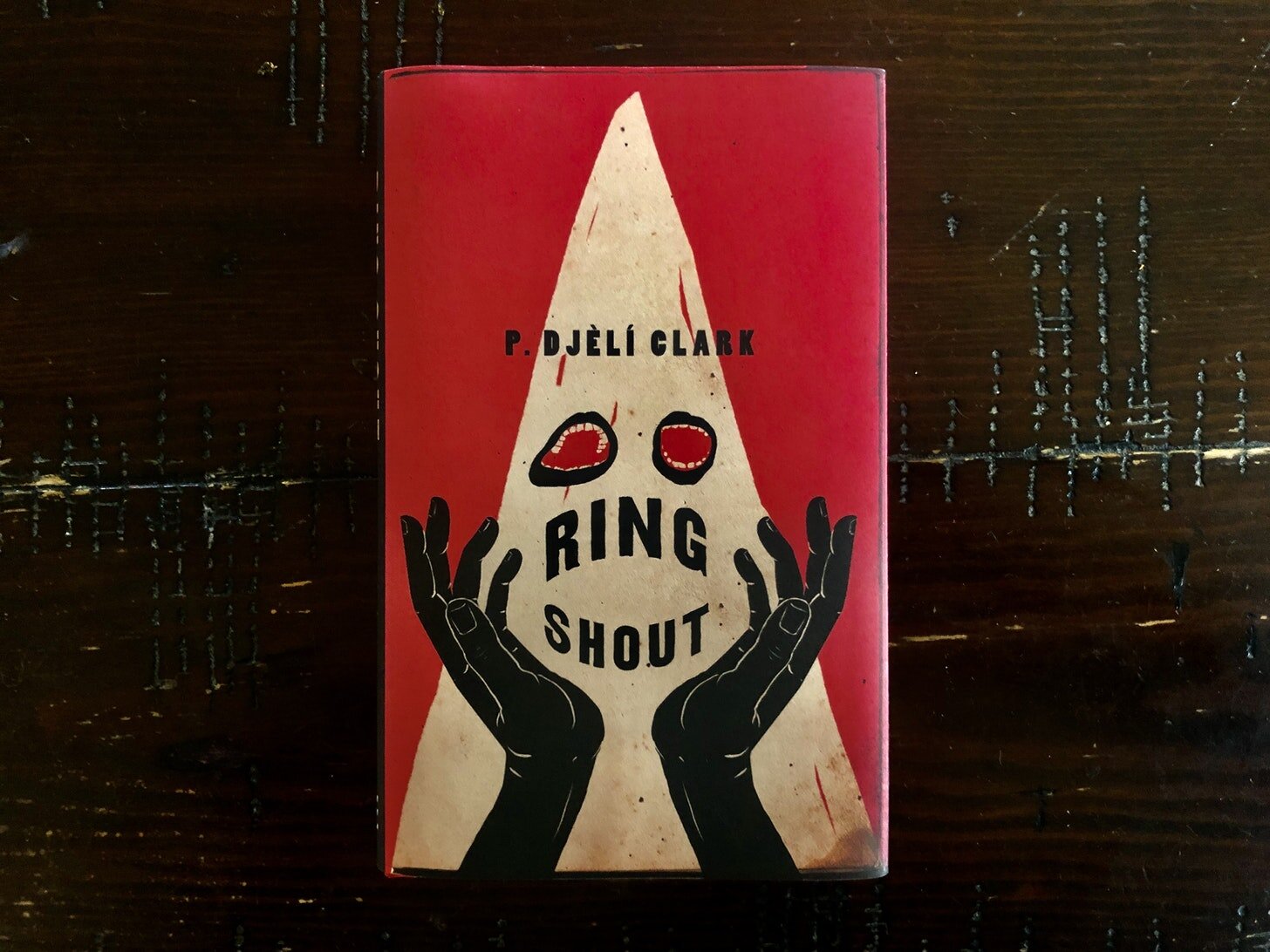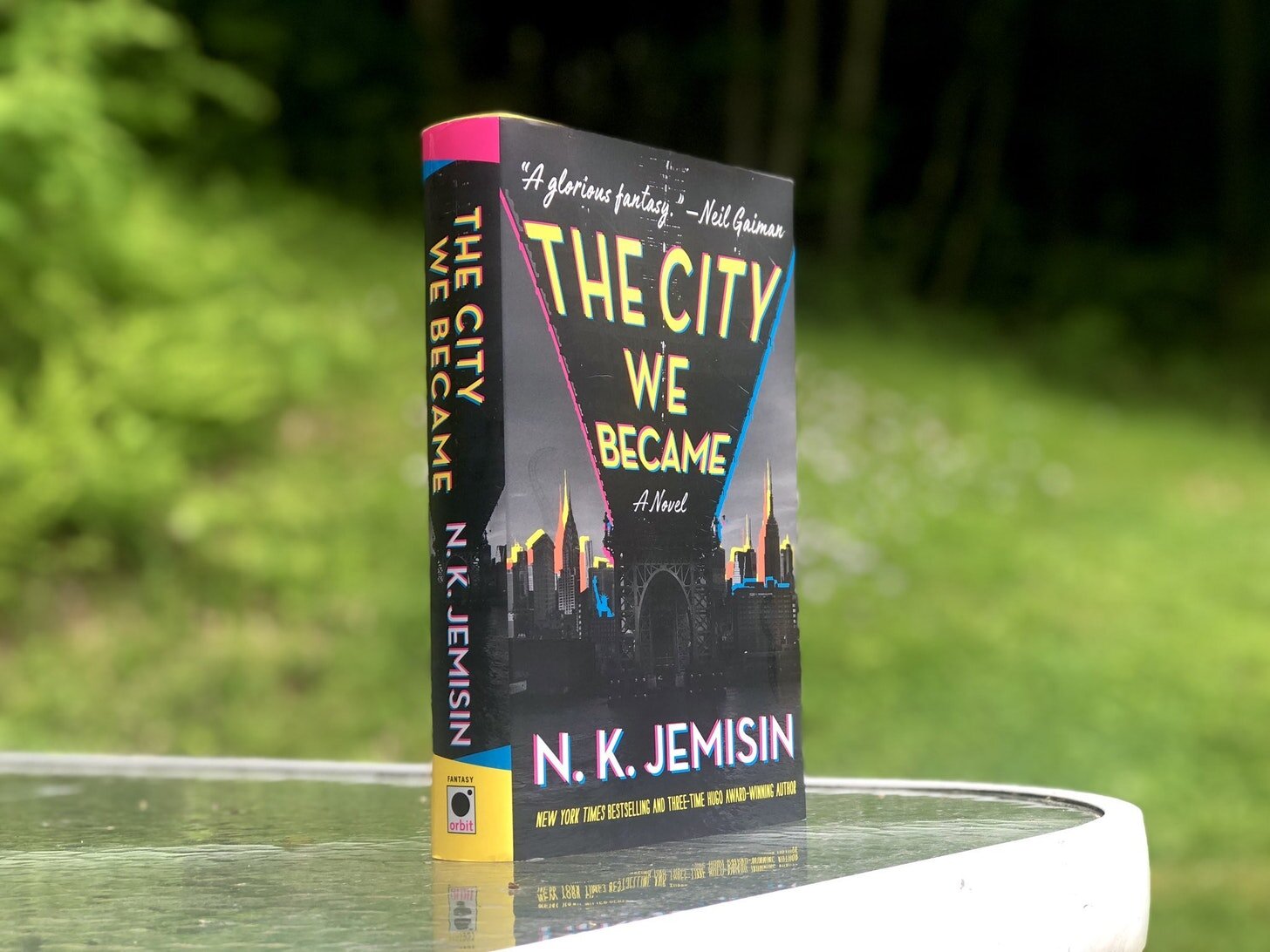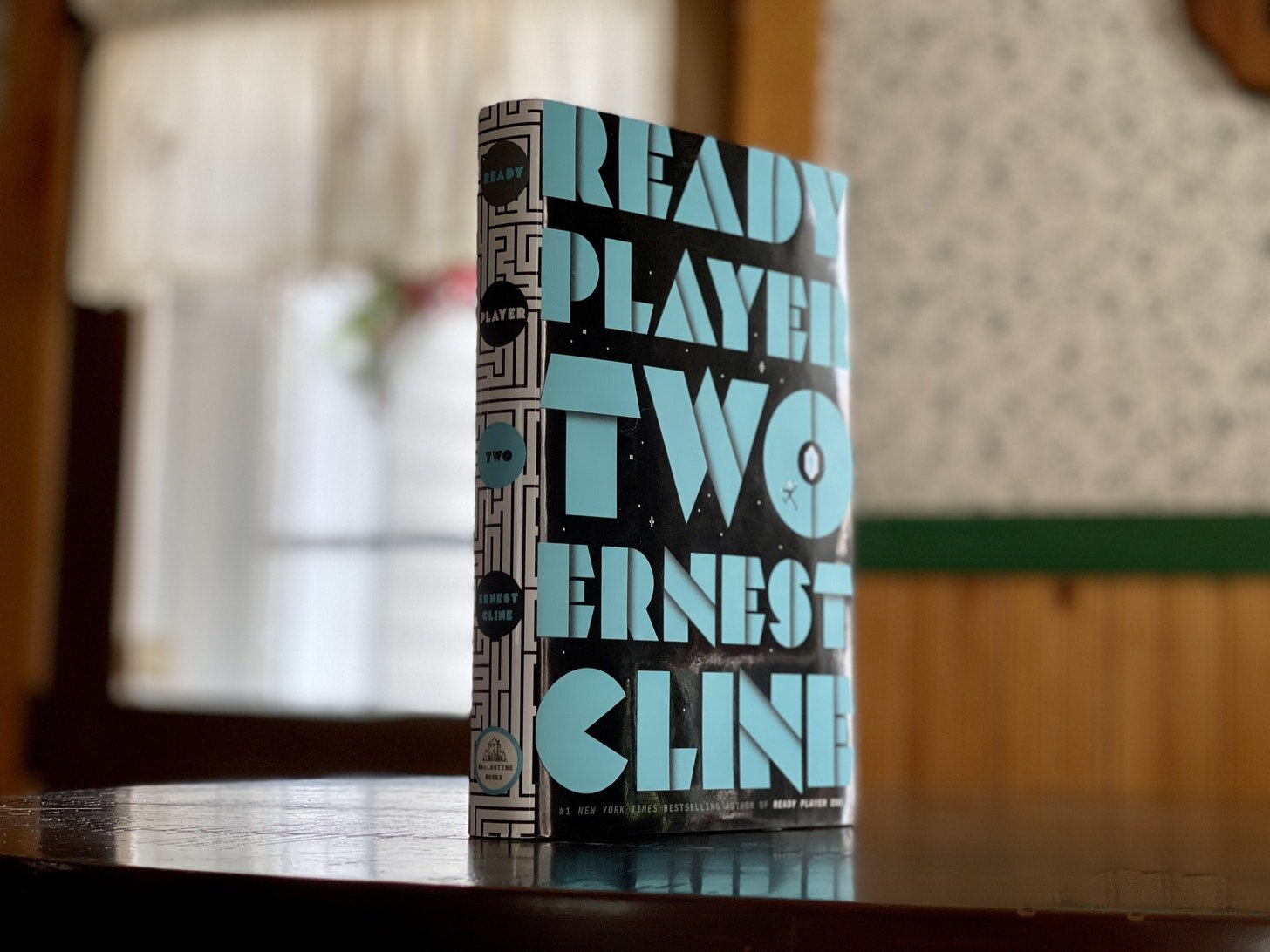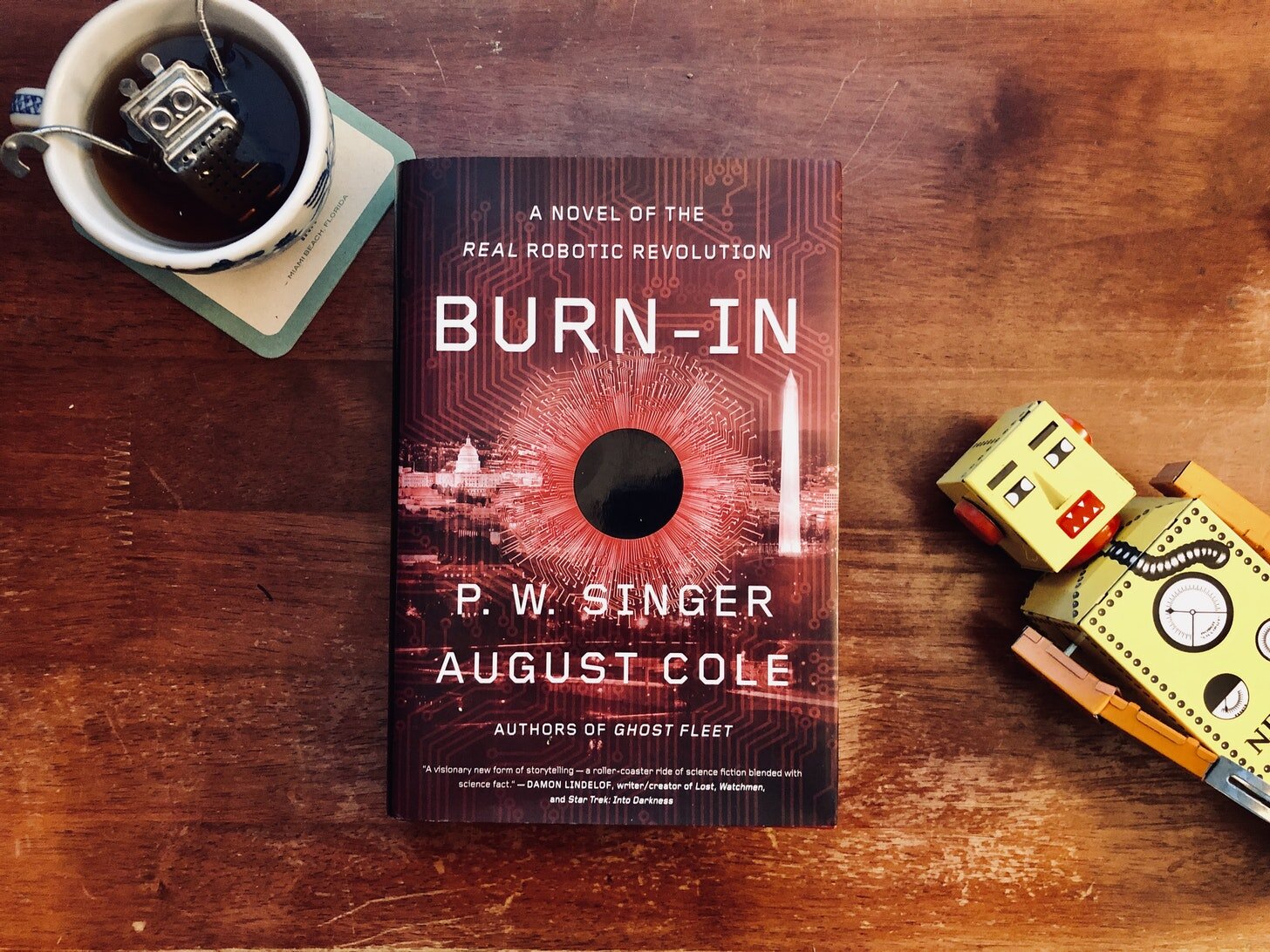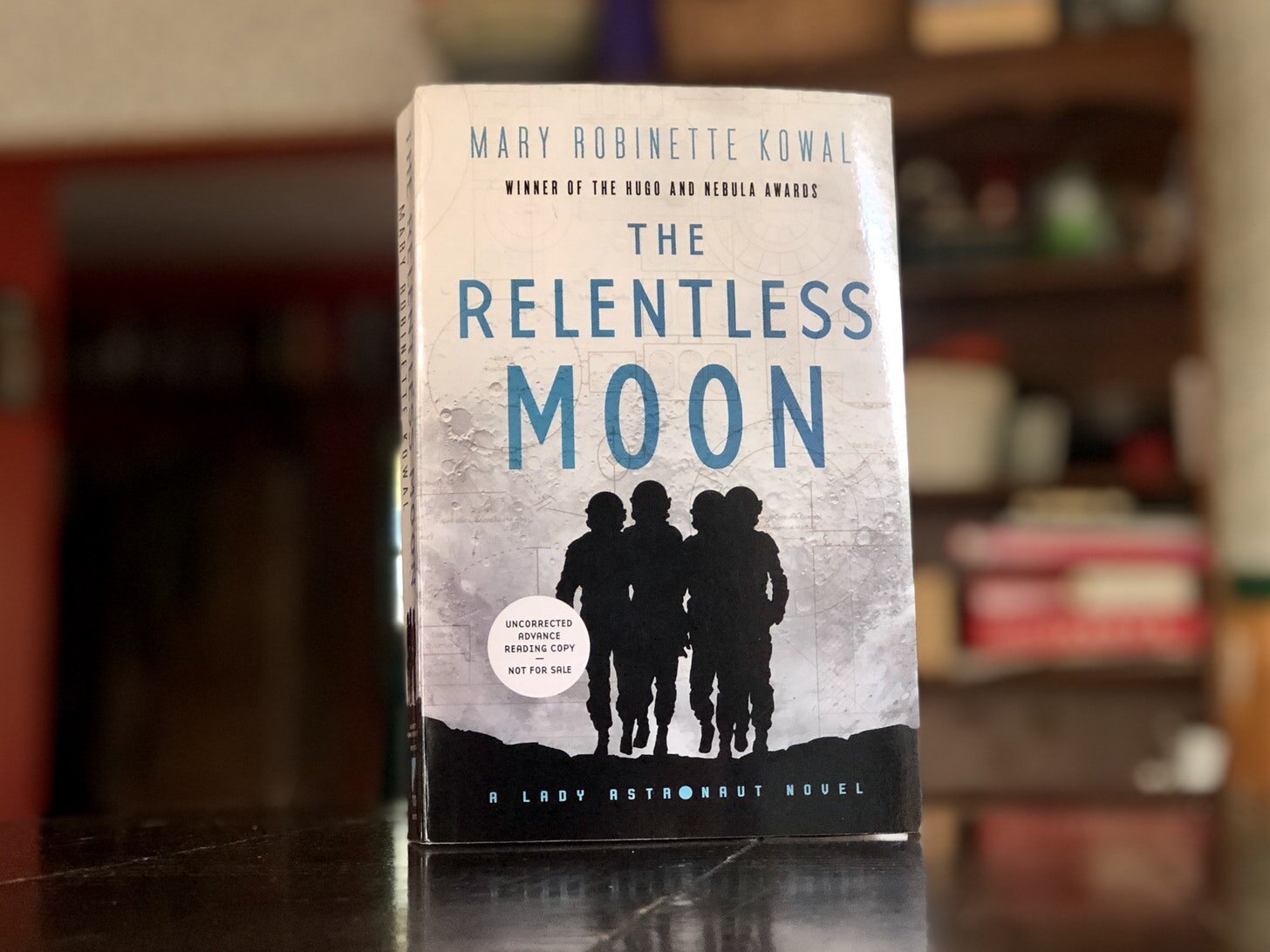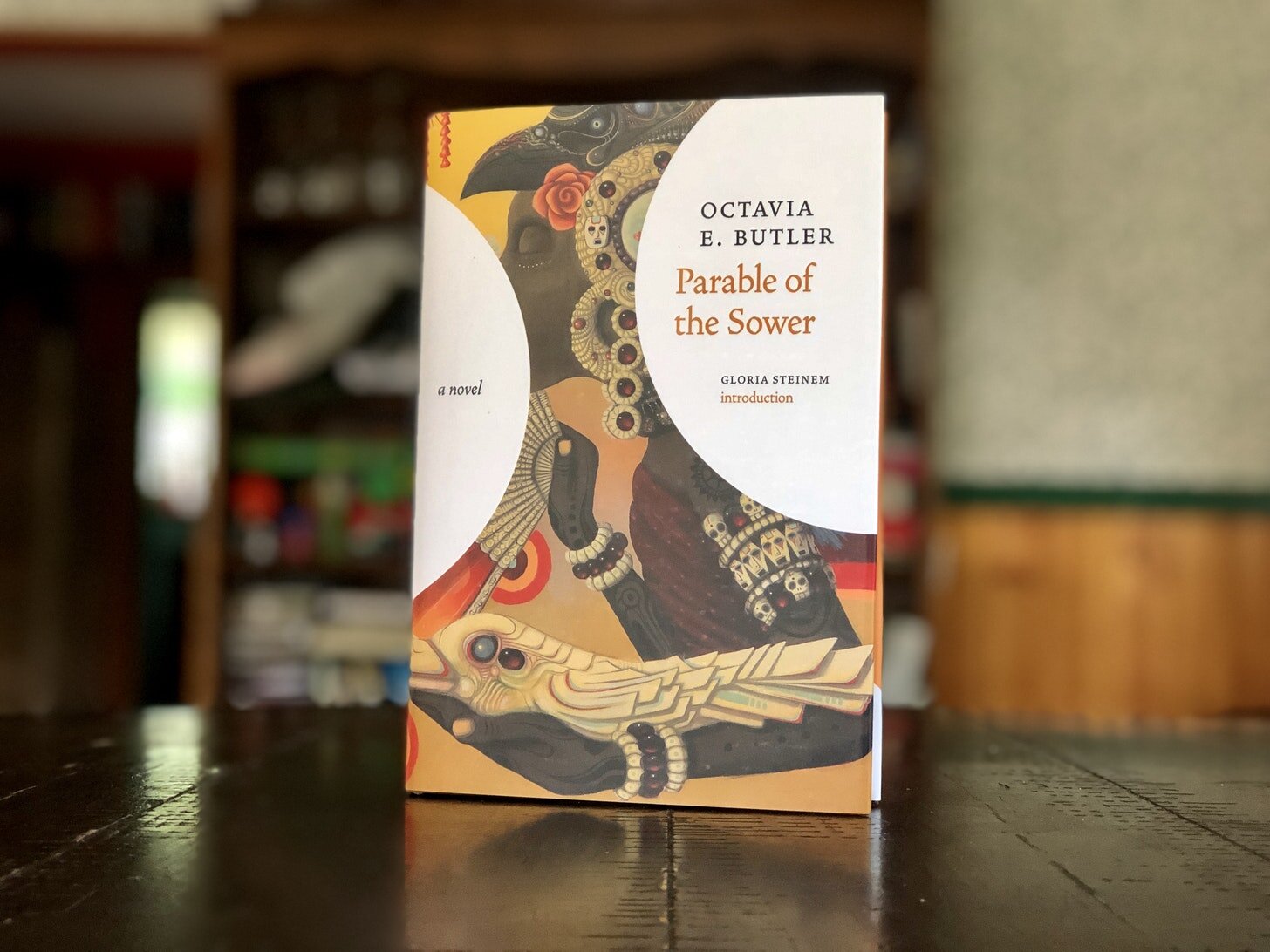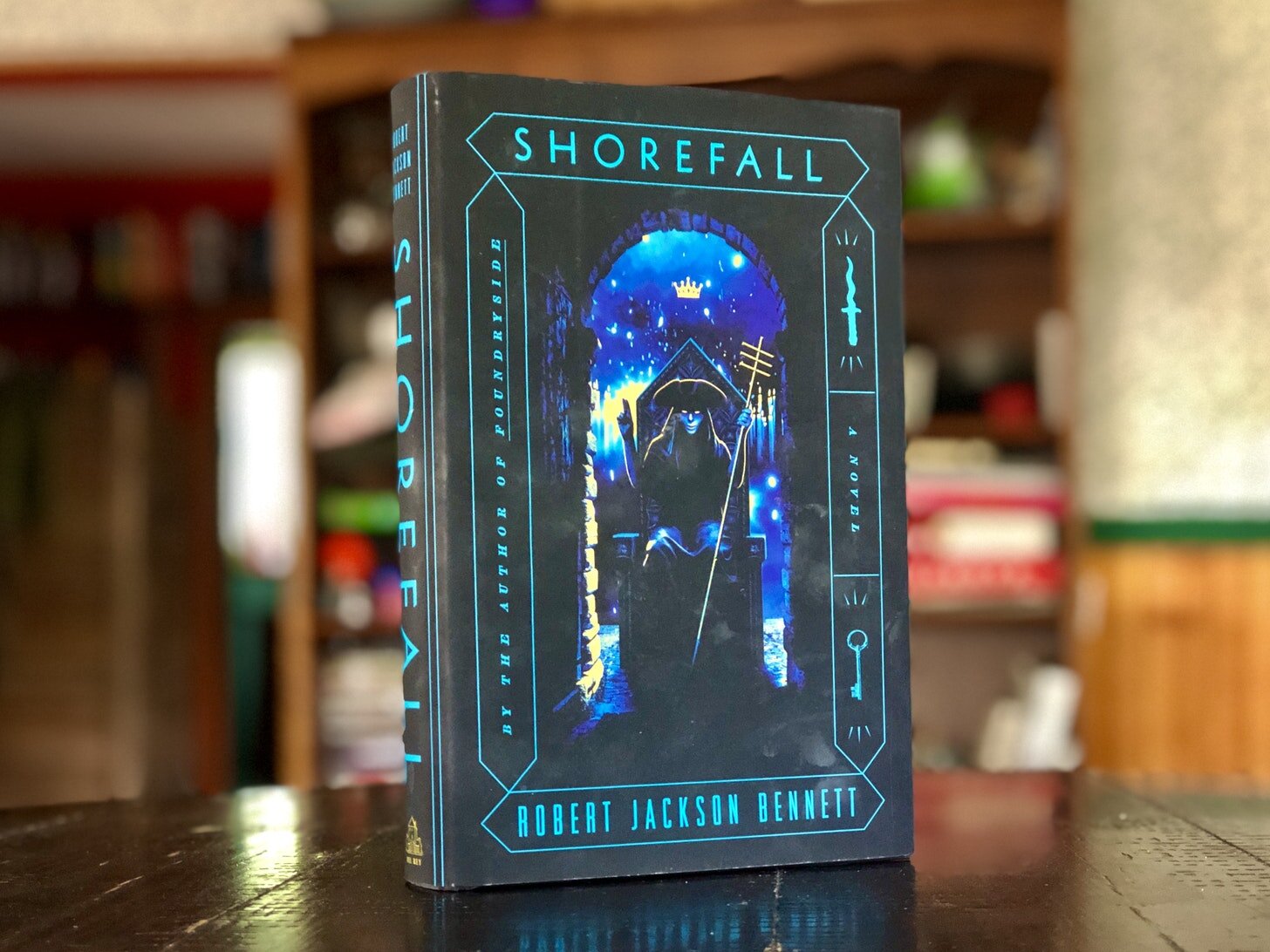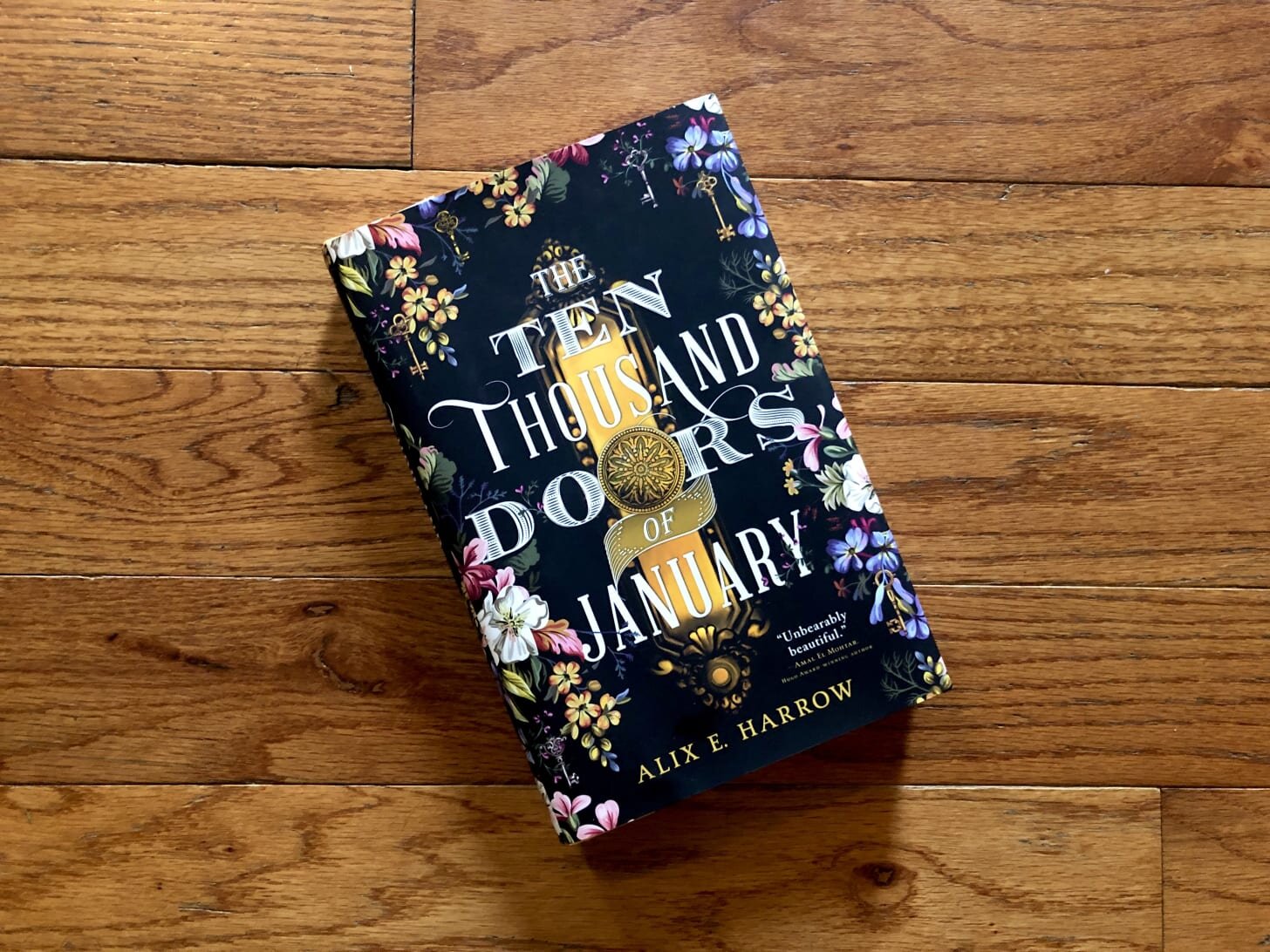This was originally published on my newsletter (read / subscribe here):
I thought about doing a straight-up review of Rise of Skywalker, but that moment’s sort of passed. I saw it three times in theaters and generally enjoyed it. But there are a couple of moments that I specifically want to call out that reinforce my general opinion of J.J. Abrams: he’s not really a good filmmaker.
First, some context, and spoilers, obvs.
When Disney/Lucasfilm announced Abrams as the director for the rebooted series, it didn’t really come as any surprise. He’s been Hollywood’s wonderkid for years now, helped reboot Star Trek, and has had a deep sense of nostalgia ingrained in his filmmaking: Mission: Impossible III was a solid action flick (and a reboot), while Super 8 was a throwback-slash-love letter to Steven Spielberg. Disney had a tough job to do when it brought back Star Wars: it had to reassure fans that it knew what they wanted, and it didn’t want to deviate too far from that nostalgia and look / feel of the world. Abrams delivered that with TFA: a film that somewhat remade A New Hope and tee’ed up a roadmap for more films.
Then Rian Johnson directed The Last Jedi — an excellent film and departure from expectations that really should have set the franchise on a new direction. It attracted considerable ire from some parts of the Star Wars community, some with legitimate irritations about its structure and plot, others who descended into sexist and racist garbage because they don’t feel that women and characters of color should have a prominent role in the franchise. When Colin Trevorrow dropped out from Episode IX, Disney brought Abrams back in. The Rise of Skywalker does bring about an end to the saga in a solid way, considering the piecemeal fashion that the entire series has come together. Abrams had to not only bring about an end to the sequels, but give a good ending to the prequel AND original trilogy AND characters AND so forth.
The problem with ROS is that because Abrams is nostalgic and loves the material, he never really pulls any risky punches. TFA brings in a lot of very familiar tropes — which is fine, considering that Disney needed the best possible launchpad to kick off a new franchise — but ROS does the same thing: there’s nothing risky or dangerous about the film. There’s plenty of action and excitement, but it’s … kind of predictable at points.
One thing that bothered me most of all is that there’s no risk of danger to most of the characters, save for Snap Wexley during the final battle. Chewie is seen loaded into a First Order ship, which Rey then destroys by accident. Later, C-3P0 gets some knowledge that they can only get with a hard reset. In both instances, the characters survive: Chewie was loaded onto a different ship, while C-3P0 just gets backed up. Both resurrections undercut the character’s peril. Rey would have had a much harsher lesson when she got mad, and C-3P0’s sacrifice would have upped the ante for everyone involved. Carrie Fisher’s real-world death felt like it was handled a bit better, because that was a pretty immovable part of the production, and they had to build around it a bit. But in this instance: Leia’s death felt like it had importance: it helped to redeem Kylo / Ben Solo to get him to help save the day at the end — where he then dies.
Another element that soured really quickly was how the film reduced Kelly Marie Tran’s role as Rose Tico, a pivotal character from TLJ. She’s barely seen in the film, and while the filmmakers say that that’s because she had more screen time with Carrie Fisher’s recycled footage and that technical difficulties cut her out, it looks very much like Lucasfilm capitulating to the racist garbage fans who chased her off of social media a couple of years ago. It’s not a good look.
The McGuffin of a long-lost artifact that leads to a hidden treasure, but only if it’s used in the right spot at the right time. It worked for Indiana Jones. It doesn’t work when you have a decaying structure. It’s even worse when your story relies on TWO such McGuffins.
But most of all, after thinking about this for a while, I think what I resent the most about The Rise of Skywalker is that it makes The Last Jedi feel like a minor footnote in the larger franchise. I saw someone describe TFA as Episode 7, TLJ as Episode 7.5, and ROS as Episodes 8 and 9. I think that’s an accurate way to look at them, and it’s illuminating (and frustrating) to see how piecemeal the franchise was put together. Disney’s Marvel franchise plotted out a huge arc over a ton of films: they had at least something of an end-goal in mind. With Star Wars, it looks as though they were just building it piece by piece, hoping that they would get a good conclusion out of it.
As a result, Rise of Skywalker feels very much like it’s a film that’s filling two roles: J.J. Abram’s original idea for how the trilogy should have played out, while The Last Jedi makes some solid, fundamental comments about the nature of the Jedi Order, power, fallibility, and so forth. But TLJ’s messages are essentially contained to one film, and as such, it acts as a coda for TLJ. Walking out of the film in 2017, I felt like the movie should have been the finale: it was a little too out there, and it would have set up the next iteration on a solid footing: a demonstration that whatever comes next would be different. Instead, Abrams’ film shows that Disney / Lucasfilm are willing to play it safe, something constructed with plenty of input from Marketing, rather than focusing on a story that inspires wonder and awe, like those originals did years ago. Moreover, the big revelations, like Rey is really Palpatine’s granddaughter, the return of Palpatine himself, and the whole point of the First Order / Final Order really went unsupported — something that really should have been baked into the story structure of the franchise from the start. But Abrams really isn’t a director that’s interested in longer-term payoff: his body of work is characterized by the desire to spring mysteries on the audience and let them squabble about it while they wait for the next installment. That makes for a compelling in-the-moment scene, but long-term, I don’t think that it’ll be as interesting.
That all said, there were parts that I liked. Leia was handled well, I liked overarching story of Ben Solo falling to the dark side and finding redemption (although again, this should have been supported better?), the final scene, and the sheer kinetic energy. I suspect that there’s a 3 or so hour version of this kicking around somewhere, because there’s a lot in there, and the whole thing feels like it would be better if it were allowed to breathe a little. Rey and Kylo’s battle, where they’re in two different locations — that’s probably the most fascinating part of the film, visually and thematically.
Talking with someone this morning about it, I wish that Disney took on a similar approach to that of HBO’s take on Watchmen or even Rogue One: a wonderfully constructed story that takes cues from the original story’s intent and building blocks, and tells a related, but different story set in the same world. For the time being, it looks as though we’re going to get a bit of a pause on new Star Wars films for the time being, which is good. We don’t need 2-3 a year, and I’d rather LFL uses the time to get something good and interesting than another rehash of what we’ve already seen.

